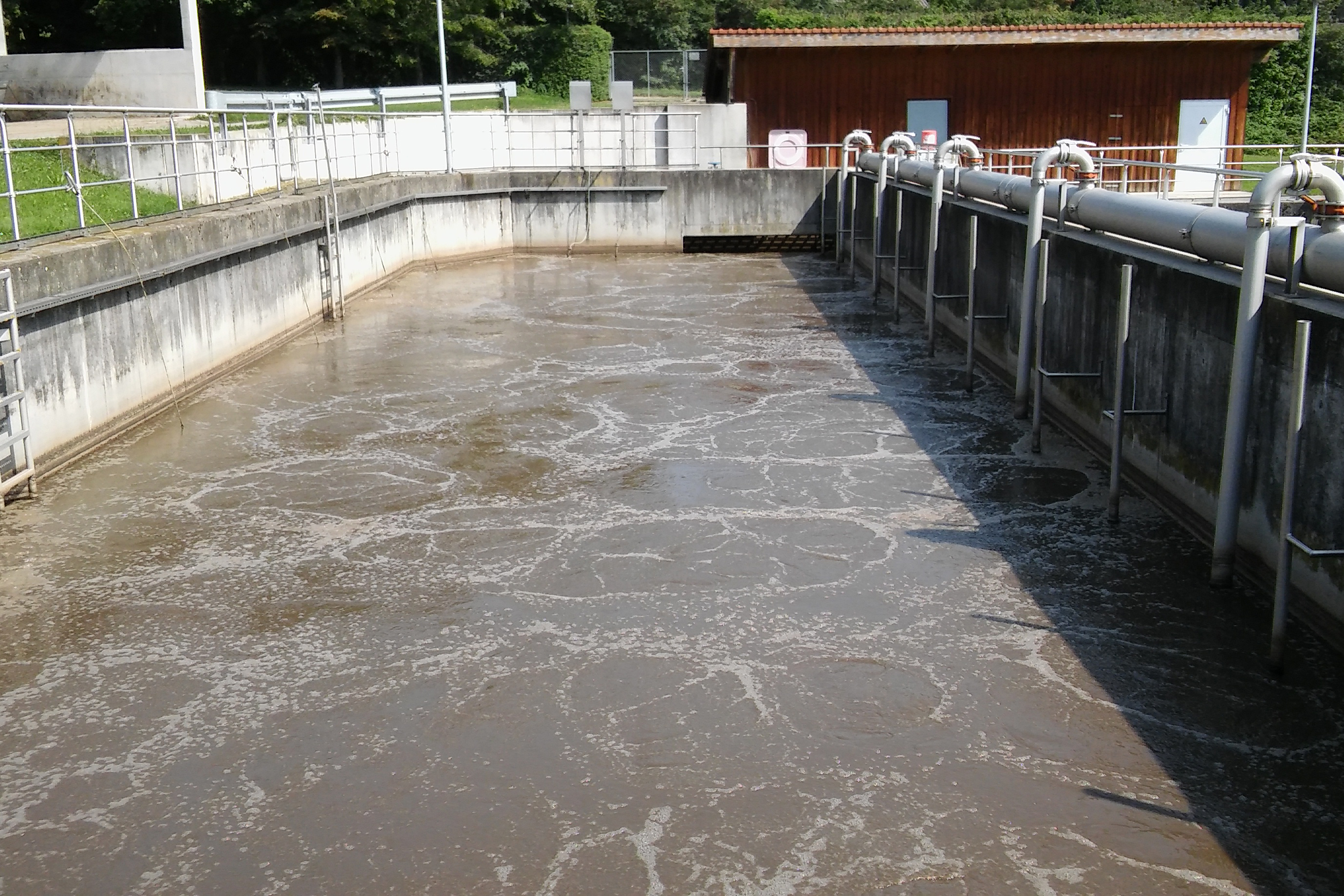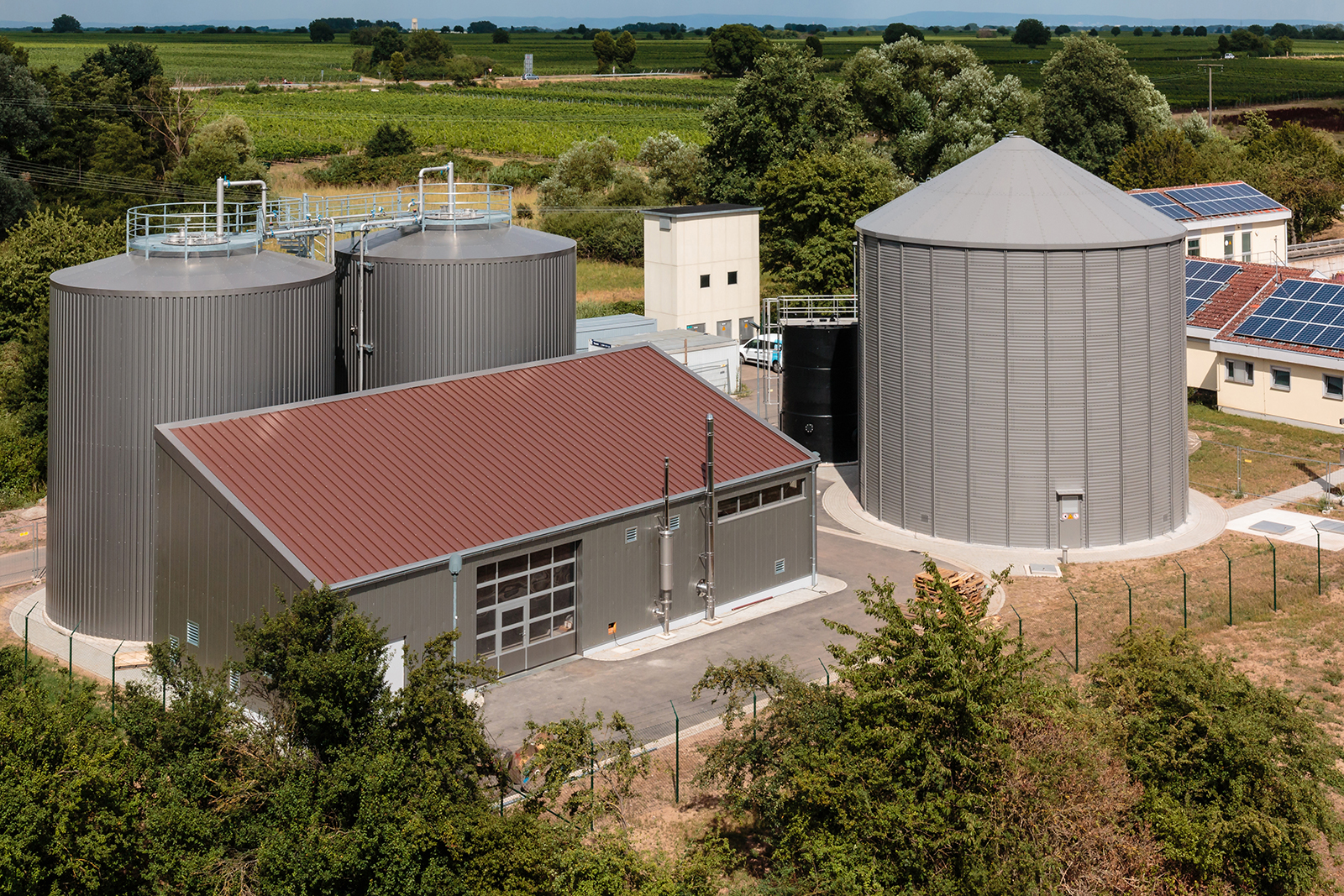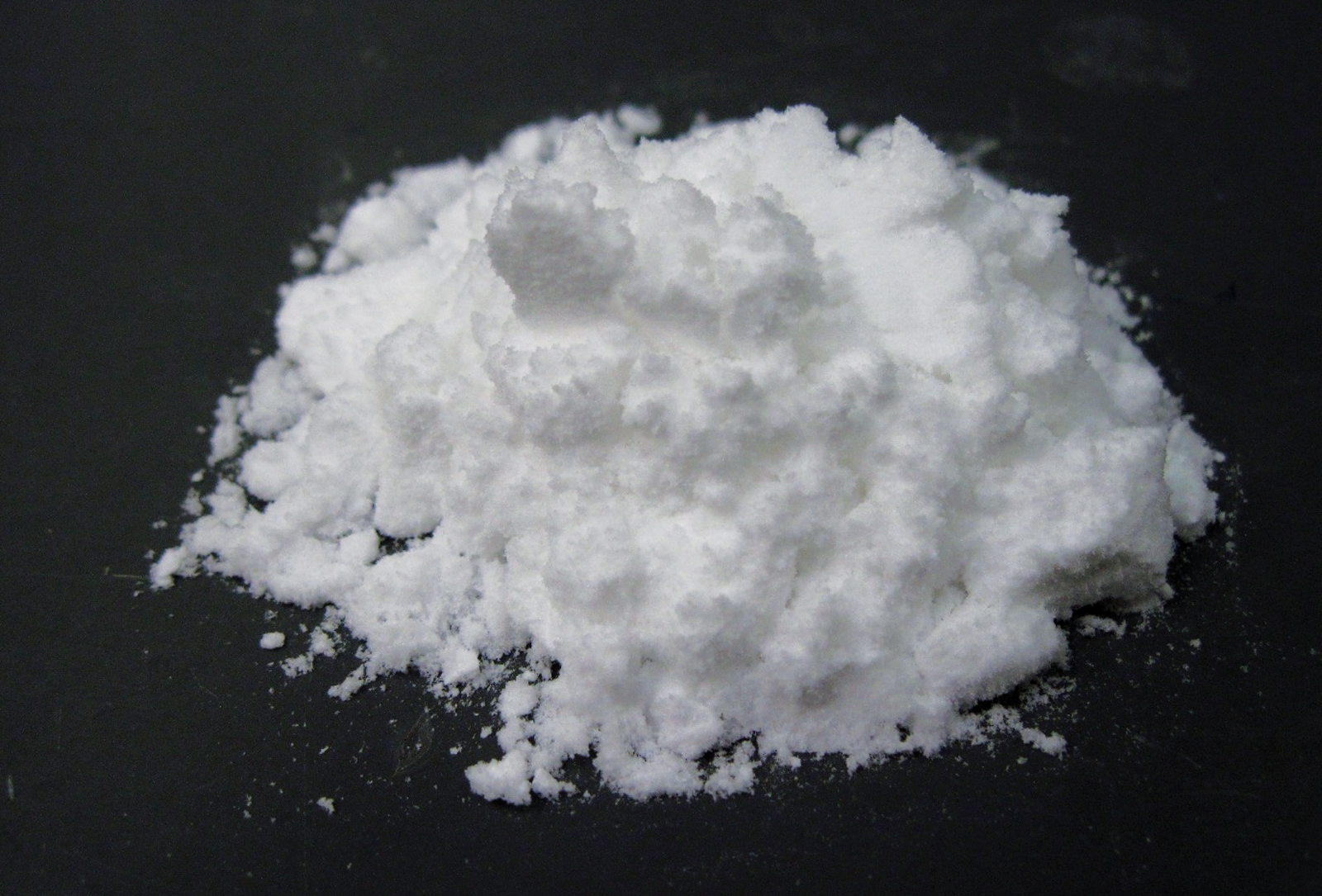Wastewater – precious resource for raw materials and energy
The technological challenges in connection with water are manifold. Innovative approaches and methods are needed to use existing resources more effectively and to exploit new strategies, such as semi-centralized and adaptable infrastructure systems for collecting, treating and distributing water or – just as important – finding possibilities for reusing water.
Combining wastewater treatment with energetic and material utilization of its ingredients
In terms of a sustainable circular economy, the decisive factor is how the wastewater is treated.
Wastewater can be purified with modern, cost-effective filter technologies; dissolved compounds that are harmful to the environment and health can be destroyed using advanced oxidation processes.
Ideally, further wastewater ingredients are recycled almost completely for energy and solids, when the wastewater is treated with adapted biological processes, which are combined with suitable recovery technologies if required.
 Fraunhofer Institute for Interfacial Engineering and Biotechnology IGB
Fraunhofer Institute for Interfacial Engineering and Biotechnology IGB


